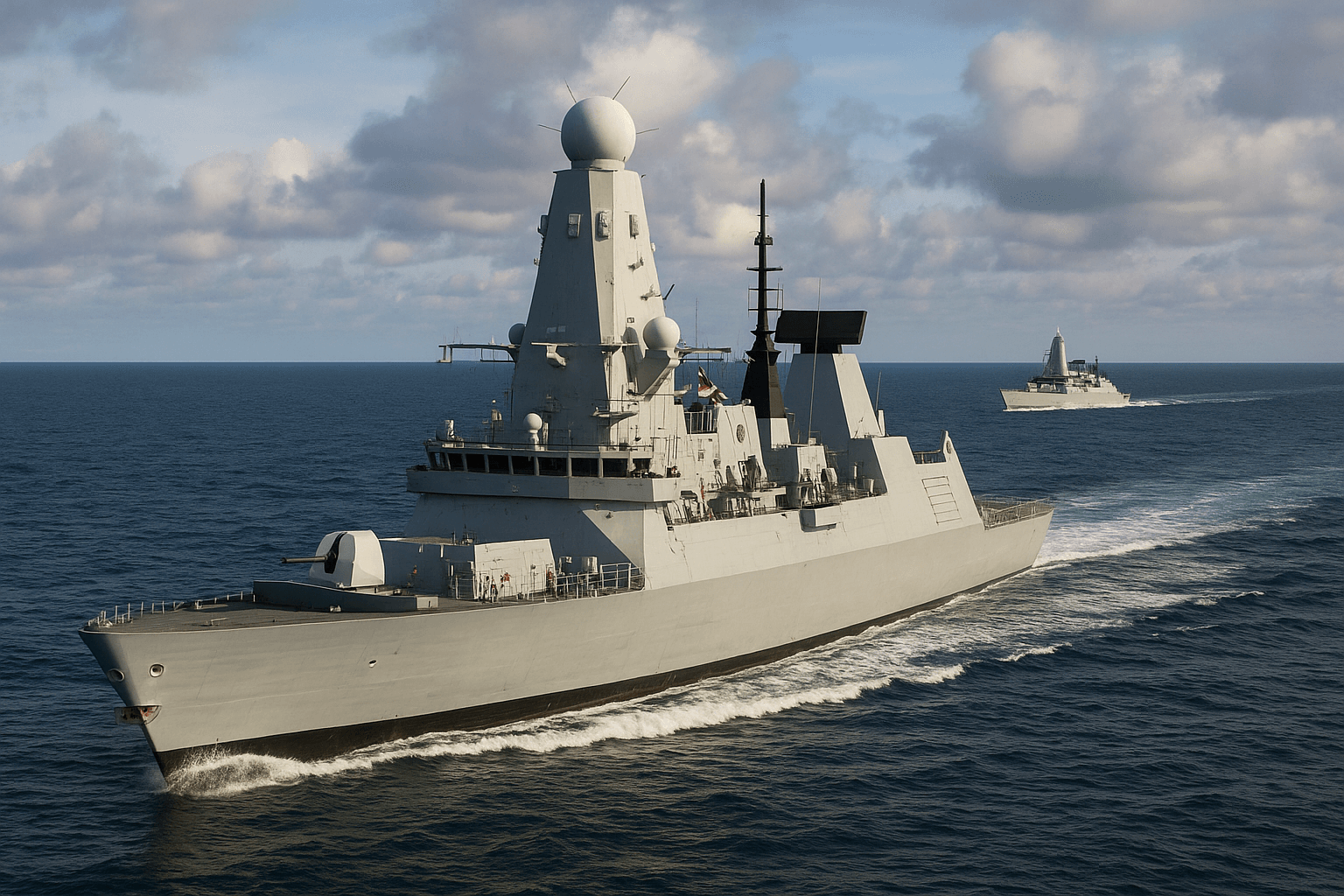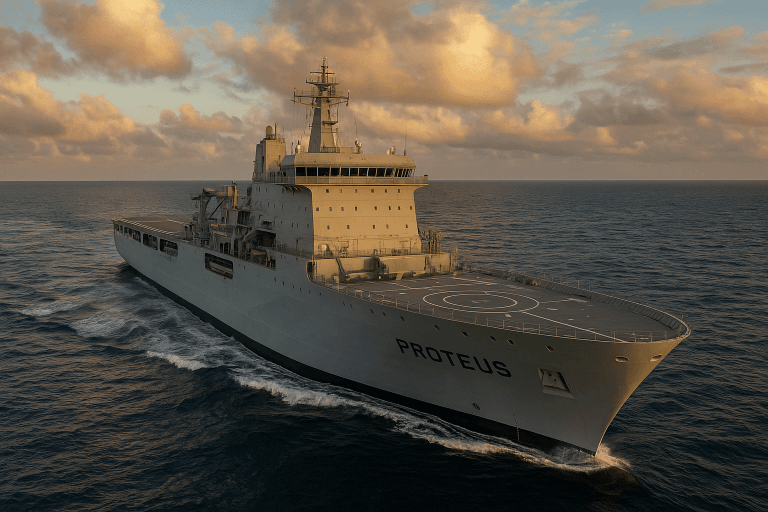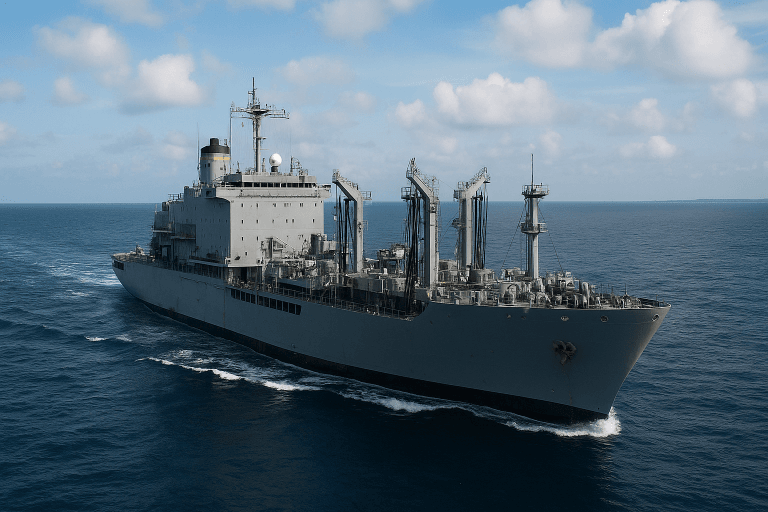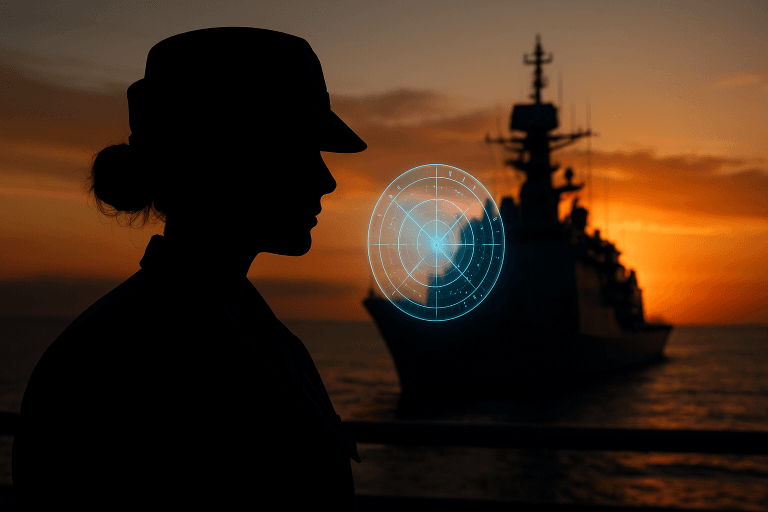
Strategic Context behind the Modernization of Royal Navy
The Royal Navy has been continuing to serve as the backbone of the UK’s defense and global influence since long time. With the passage of time, as great power competition intensifies with Russia’s resurgence, China’s assertiveness in the Indo-Pacific, and instability in the Middle East the RN is adapting to remain a flexible, technologically advanced, and globally deployable force in order to tackle the forthcoming challenges.
Modernization Priorities of the Royal Navy
Fleet Renewal & Expansion is one of the top priorities of the Royal Navy. The upcoming plans of the Royal Navy include Dreadnought class SSBNs which are the four submarines under construction to replace the Vanguard-class by the early 2030s, ensuring continuous at-sea nuclear deterrence.
Completion of the fleet and transition towards the SSN-AUKUS design (joint UK-Australia-US program), which will provide nuclear-powered attack submarines with advanced sensors and strike capability is also a priority of the Royal Navy. Eight combat ships have been planned, optimized for anti-submarine warfare, with advanced quieting technology and global deployability by the Royal Navy.
Five affordable, versatile frigates for global operations, forward presence, and partnership missions have been planned by the Royal Navy. Royal Navy has, envisioned as modular, multi-role ships adaptable for autonomous systems.
Three large vessels to sustain carrier strike groups globally are also under the pipeline of the Royal Navy. Royal Navy is also planning to upgrade HMS Queen Elizabeth and HMS Prince of Wales remain central, with upgrades in F-35B integration, drones, and strike capabilities.
Royal Navy is also planning a Technological Transformation through Un-crewed & Autonomous Systems by doing Investment in UAVs (drones), USVs (un-crewed surface vessels), and UUVs (un-crewed underwater vehicles) for mine warfare, reconnaissance, and strike missions.
Royal Navy is adapting to meet the upcoming global challenges itself through Cyber & Electronic Royal Warfare by strengthening resilience in digital warfare, space assets, and electronic countermeasures, Directed Energy Weapons like trials of laser systems for air defense, aiming to reduce missile-defense costs and enhancing Artificial Intelligence (AI) integration by Integrating AI for decision-making, threat detection, and autonomous platform control.
Royal Navy is also in the process of enhancing its Global Basing & Partnerships by marking its Permanent presence in Indo-Pacific (littoral strike units, offshore patrol vessels like HMS Spey and HMS Tamar), expanded itse facilities in Bahrain and Oman for Gulf operations. Royal Navy’s Commitment to NATO, especially in the North Atlantic and High North, countering Russian submarines also pushes it to forward the agenda in its actions and future ventures. Royal Navy’s Participation in AUKUS and partnerships with Japan, Australia, and regional allies is also an important step to strengthen itself.
Global Role of the Royal Navy
The Royal Navy remains a key anti-submarine and carrier strike contributor to NATO, central to deterring Russia in the North Atlantic and Baltic Sea. The Royal Navy is reinforcing Britain’s strategic tilt towards Asia, balancing China’s growing naval presence. The Queen Elizabeth-class carriers allow the UK to project airpower globally, operating F-35Bs, drones, and joint task forces with US, NATO, and allied navies.
Major Challenges of the Royal Navy
Balancing ambition with resources amid inflation and cost overruns is a major challenge of Royal Navy. Shortages of skilled personnel remain a concern for the Royal Navy. Keeping up with rapid advances in hypersonics, AI, and cyber warfare is a major challenge for the Royal Navy. Stretching forces between NATO and Indo-Pacific commitments poses as a major challenge for the Royal Navy. The Royal Navy’s modernization indeed represents a blend of tradition and innovation preserving its role as a nuclear deterrent.
Conclusion
The Royal Navy has been continuing to serve as the backbone of the UK’s defense and global influence since long time. With the passage of time, as great power competition intensifies with Russia’s resurgence, China’s assertiveness in the Indo-Pacific, and instability in the Middle East the RN is adapting to remain a flexible, technologically advanced, and globally deployable force in order to tackle the forthcoming challenges.
Royal Navy is adapting to meet the upcoming global challenges itself through Cyber & Electronic Royal Warfare by strengthening resilience in digital warfare, space assets, and electronic countermeasures, Directed Energy Weapons like trials of laser systems for air defense, aiming to reduce missile-defense costs and enhancing Artificial Intelligence (AI) integration by Integrating AI for decision-making, threat detection, and autonomous platform control.
Balancing ambition with resources amid inflation and cost overruns is a major challenge of Royal Navy. Shortages of skilled personnel remain a concern for the Royal Navy. Keeping up with rapid advances in hypersonics, AI, and cyber warfare is a major challenge for the Royal Navy. Stretching forces between NATO and Indo-Pacific commitments poses as a major challenge for the Royal Navy. The Royal Navy’s modernization indeed represents a blend of tradition and innovation preserving its role as a nuclear deterrent.




